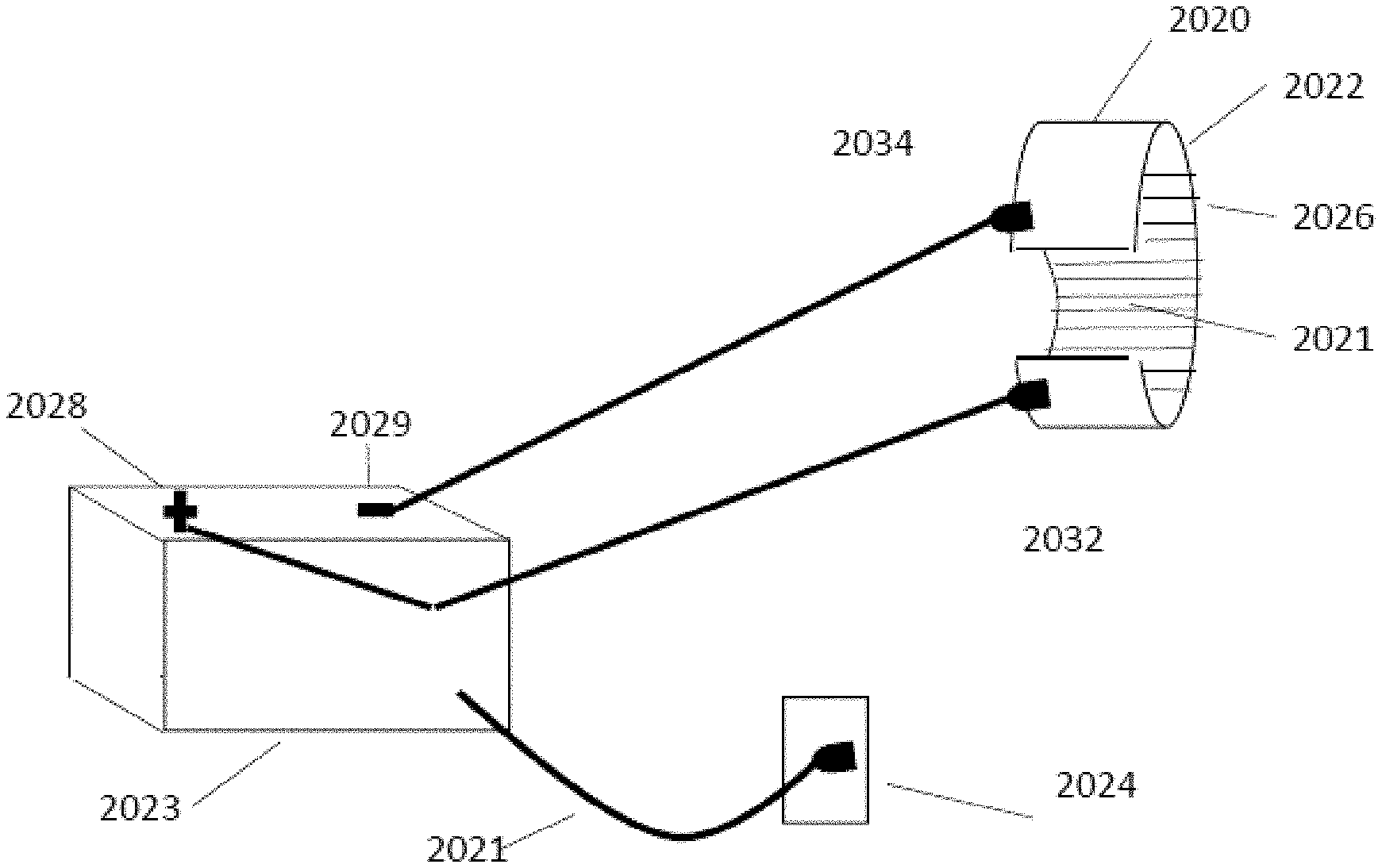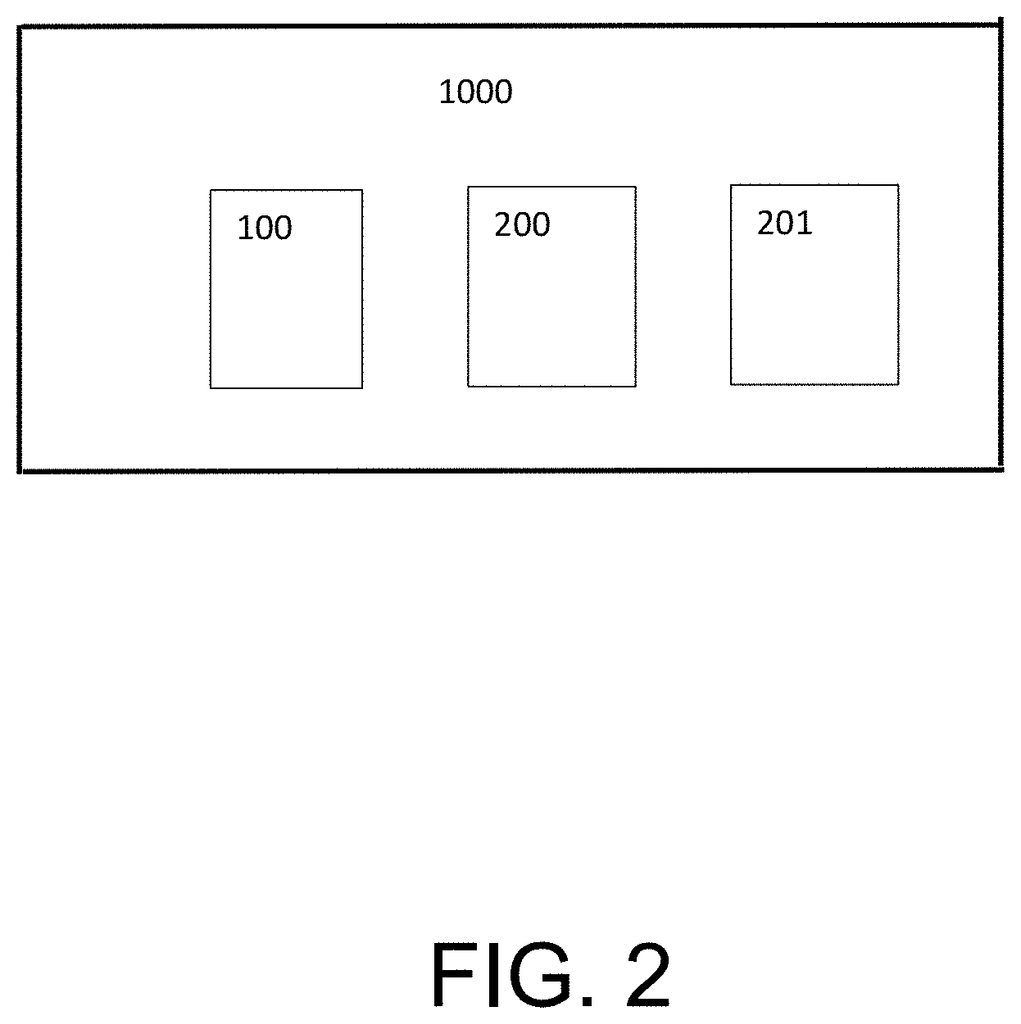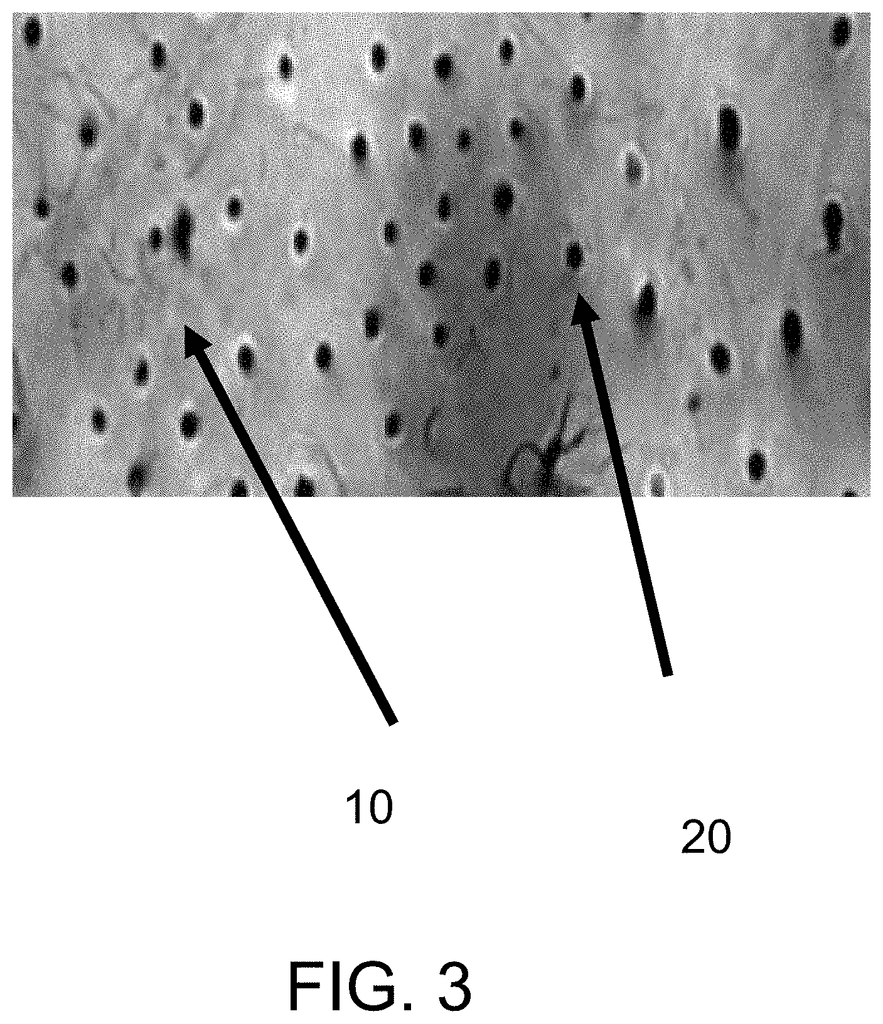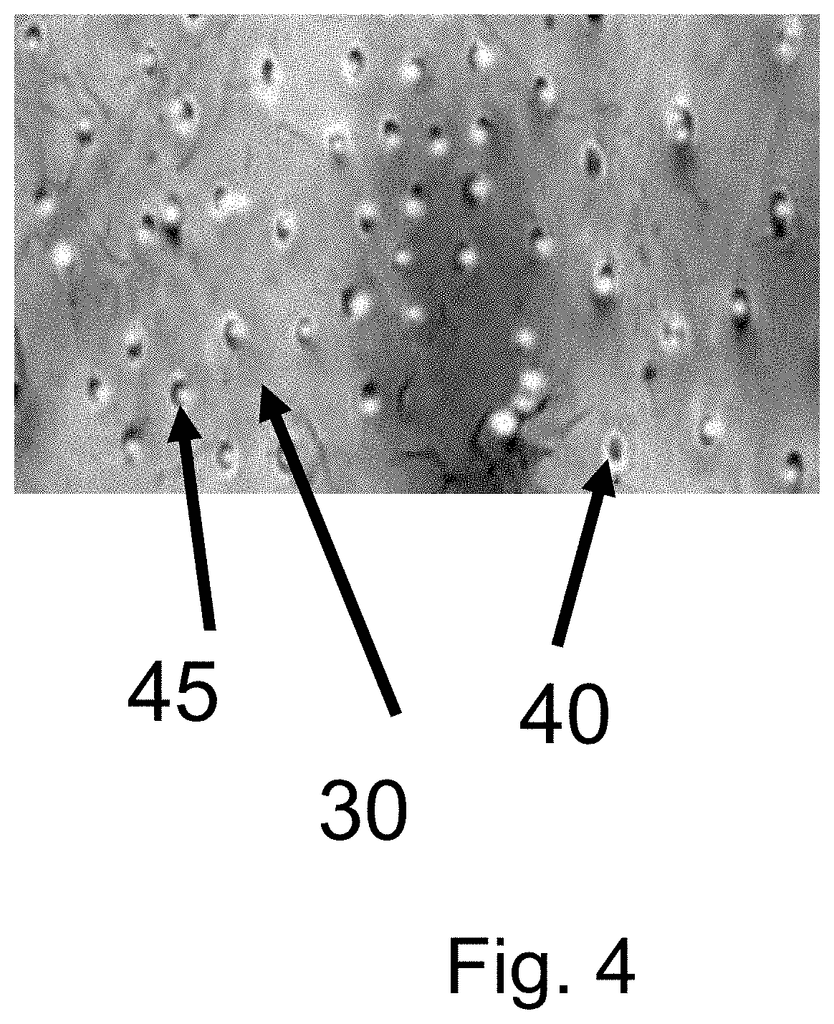Invented by Vivekananda Ramana, Joel Douglas, Ramana Vivekananda
These dental enamel compositions are designed to protect and strengthen the enamel of an animal’s teeth while also reducing inflammation in the gums. The anti-inflammatory substances used in these compositions can include natural ingredients such as aloe vera, chamomile, and green tea extract, as well as synthetic ingredients like ibuprofen and aspirin.
One of the main benefits of using dental enamel compositions with anti-inflammatory substances is that they can help prevent dental problems before they even occur. By strengthening the enamel of an animal’s teeth, these compositions can make it more difficult for plaque and tartar to build up, reducing the risk of gum disease and other dental issues.
In addition, the anti-inflammatory properties of these compositions can help reduce pain and discomfort in animals with existing dental problems. Gum disease, for example, can be incredibly painful for animals, and using a dental enamel composition with anti-inflammatory substances can help alleviate some of that pain.
Another benefit of these compositions is that they can be used as a preventative measure for animals who are at a higher risk of developing dental problems. Certain breeds of dogs, for example, are more prone to dental issues than others, and using a dental enamel composition with anti-inflammatory substances can help keep their teeth and gums healthy.
Overall, the market for dental enamel compositions for animals with anti-inflammatory substances is growing rapidly as more and more pet owners become aware of the importance of dental health for their furry friends. By using these compositions, pet owners can help prevent dental problems before they occur, reduce pain and discomfort in animals with existing dental issues, and keep their pets’ teeth and gums healthy for years to come.
The Ramana Vivekananda invention works as follows
Provided is a method and composition relating to a dental preparation more specifically to prepare dentin damaged teeth for pets and animals such as canine, feline, and members of Equidae taxonomic family before repair. Dental compositions can include a bioactive and non-aqueous solvent that contains an alcohol, anti-inflammatory, and pain reliever.
Background for Dental enamel compositions for animals with anti-inflammatory substances
Field of Invention
The invention is a method and composition that prepares the dentin of the tooth damaged prior to repair. A bioactive glass is used in the dental compositions. The solvent can also be a non-aqueous and contains an alcohol, anti-inflammatory, and pain reliever.
Description of Related Art.
Dental amalgams, composite resins and porcelain can all be used to restore damaged or decayed tooth structure. A sequential application of a dental adhesive to the affected tooth structure is one method. Pretreatment is often necessary to strengthen the bonding between the adhesive and the tooth structure. The bonding process can include, for example, three steps. (1) An inorganic or an organic acid is used to remove any surface contaminants and partially demineralize dentin matrix. (2) A monomer is used to penetrate the remaining collagen-rich network. (3) Finally, an adhesive resin is applied. To bond to a dental composite resin, the adhesive resin must be cured. Tooth enamel protects against hot, cold and sticky items. Tooth enamel can become worn down and cause tooth decay. This exposes dentin and sensitive nerves within the pulp, making the tooth yellow. With age, enamel can become less strong. Enamel loss can also be caused by a high-sugar diet or acidity and/or history of acid reflux disease.
U.S. Pat. Application 200901977221 is herein incorporated as a reference and describes dental bonding solution. Application 20050142077 is herein incorporated as a reference and describes the use antimicrobial ceramic glass ceramic in dental care.
But, bioglass is a glass that has a bioactive, and sometimes antimicrobial, effect. This is what An Introduction to Bioceramics, World Scientific Publ., describes. (Hensch and Wilson, 1993). This type of bioglass is distinguished by the formation in aqueous media of hydroxylapatite layer. The applications DE-A-19932 238 and DE-A-19932 239 describe heavy metal-free alkali and alkaline Earth silicate glasses with antimicrobial properties. These documents are herein incorporated as reference in their entirety.
U.S. Patent. “A glass powder that contains 40-60 weight-percent SiO2, 5–30 weight-percent N2O, 10-35 Weight-Percent CaO, and zero-12 weight-percent Os is known.” No. No. 5,676,720, herein incorporated by reference. A glass ceramic made from this glass type of composition is also known. U.S. Pat. does not provide any information on the crystal phase. No. 5,676,720.
U.S. Pat. No. No. 5,981,412, herein included by reference in its entirety, describes a bioactive bioceramic intended for medical applications. It has the crystalline phase of Na2O.2CaO3SiO2. The size of the crystallite is 13 micron. Ceramization is done using tempering steps for nucleation, crystallization. K1c is the main focus. Crystal phase components are between 34 and 60% volume-percent. U.S. Pat. No. No. A dental application is not described.
The use bioactive glasses for toothpaste or gels is described in WO97/27148. Herein incorporated by reference in its entirety. U.S. Pat. reveals that there are inorganic non-metallic substances that contain calcium or phosphorus, and can lead to tooth remineralization by appropriate ion donors. Nos. Nos. 5,427/768 and 5,208 167 are herein incorporated as a reference in its entirety.
All of the above-cited publications and patents are herein incorporated as if they were individually and specifically indicated to be incorporated. They are also incorporated herein to disclose and discuss the methods and/or materials with which the publications are connected.
The prior art is not able to solve the problems associated with enamel and dentin reconstruction, inflammation, infection, and slow assimilation bioglass into dentin structures. These problems can be solved by the instant invention.
None of these references mentions the application of bioactive to the exposed dentin that has lost its enamel and caused it to yellow. Bioactive glass can be used to reduce the effects of staining as well as enhance light reflection. This will make the tooth appear whiter than the natural enamel.
But, bioglass is a glass that has a bioactive, and sometimes antimicrobial, effect. This is what An Introduction to Bioceramics, World Scientific Publ., describes. (Hensch and Wilson, 1993). This type of bioglass is distinguished by the formation in aqueous media of hydroxylapatite layer. The applications DE-A-19932 238 and DE-A-19932 239 describe heavy metal-free alkali and alkaline Earth silicate glasses with antimicrobial properties. These documents are herein incorporated as reference in their entirety.
U.S. Patent. “A glass powder that contains 40-60% of the totalweight percent is Si02, 5–30% of the Total Weight Percent is Na2O and 10-35% of the Total Weight Percent is CaO” is known. No. No. 5,676,720, herein incorporated by reference. A glass ceramic made from this glass type of composition is also known. U.S. Pat. does not provide any information on the crystal phase. No. 5,676,720.
U.S. Pat. No. No. 5,981,412 are herein included by reference in its entirety describes a bioactive, bioactive bioceramic intended for medical applications. It has the crystalline phase of Na2O2CaO3SiO2. The size of the crystallite is 13 micron. Ceramization is done using tempering steps for nucleation or crystallization. The importance of mechanical properties, such as K1c, is the main focus. Crystal phase components are between 34 and 60% volume-percent. U.S. Pat. No. No. It is not possible to describe a dental care application. U.S. Pat. U.S. Patent. Application 20050142077 is herein incorporated as a reference in its entirety. It describes the use antimicrobial ceramic glass in dental care.
The use bioactive glasses for toothpaste or gels is described in WO97/27148. Herein incorporated by reference in its entirety. U.S. Pat. reveals that there are inorganic non-metallic substances that contain calcium or phosphorus, and can lead to tooth remineralization by appropriate ion donors. Nos. Nos. 5,427/768 and 5,268,167 are herein incorporated by reference in their entirety. U.S. Patent Application 2009/019722 describes a method for bonding dental resin composites using a dental bonding solution. It is herein incorporated as reference in its entirety.
The glasses mentioned above are not intended to be used in the field of dental care or oral hygiene. They can only be used to enhance the whiteness perception of teeth. All the patents and publications cited above are herein incorporated as if they were each individually and explicitly indicated to be incorporated. They are also incorporated herein to describe and disclose the methods and/or materials that are related to the publications.
The instant invention solves peroxide problems by creating a dental bonding solution from bioactive glass and a suitable solvent. This is the first dental bonding technique that doesn’t use excessive bleaching or contain a high concentration of hydrogen peroxide.
The instant invention provides a way to alleviate the pain and discomfort that is associated with the process for repairing and bonding the dentin. It also offers a method to reduce discomfort and pain, reduce inflammation and aid in bone resorption after bone loss.
The instant invention also allows pets and animals to prepare dentin that has been damaged for their teeth, such as felines, canines, and members of Equidae taxonomic families.
The disclosure describes methods and compositions for bonding dental resin composites to animals and pets, such as felines, canines, and members of the taxonomic Family Equidae (which includes horses). Enamel protects animal teeth like human ones. It is their first defense against hot and cold, sticky, abrasive, and sticky items. Tooth decay can lead to tooth decay by exposing the dentin and sensitive nerves in the pulp. This causes the tooth’s appearance to turn yellow. The use of moths to eat and carry items makes enamel damage more common in animals. These actions can cause enamel damage and damage to the dentin underneath. The enamel may also become less strong with age, a sugary or acidic diet, and/or history of acid reflux disease. Dentin hypersensitivity can also be observed in patients with periodontitis. This invention is focused on the dentinal tube, which is one of the tiny tubes or canals within the dentin. This tubule is responsible for dentin hypersensitivity. These tubules run from the pulp cavity to the enamel. They are occupied by nerve filaments and odontoblastic processes. In addition to occluding the dentin tubule with a micro-mechanical bond the invention discloses a means to increase the strength of the hydroxyapatite on surface of the tooth enamel and increase the fluidity flow of the slurry/gel into the dentin to create a much stronger bond and prevent microleakage/sensitivity. The bioglass can form apatite in the presence of calcium and/or phosphate. This is known for a long time. The patient/animal must accept the treatment, but it is difficult to determine how long it takes for the calcium and/or phosphate apatite bonds to form.
Click here to view the patent on Google Patents.





